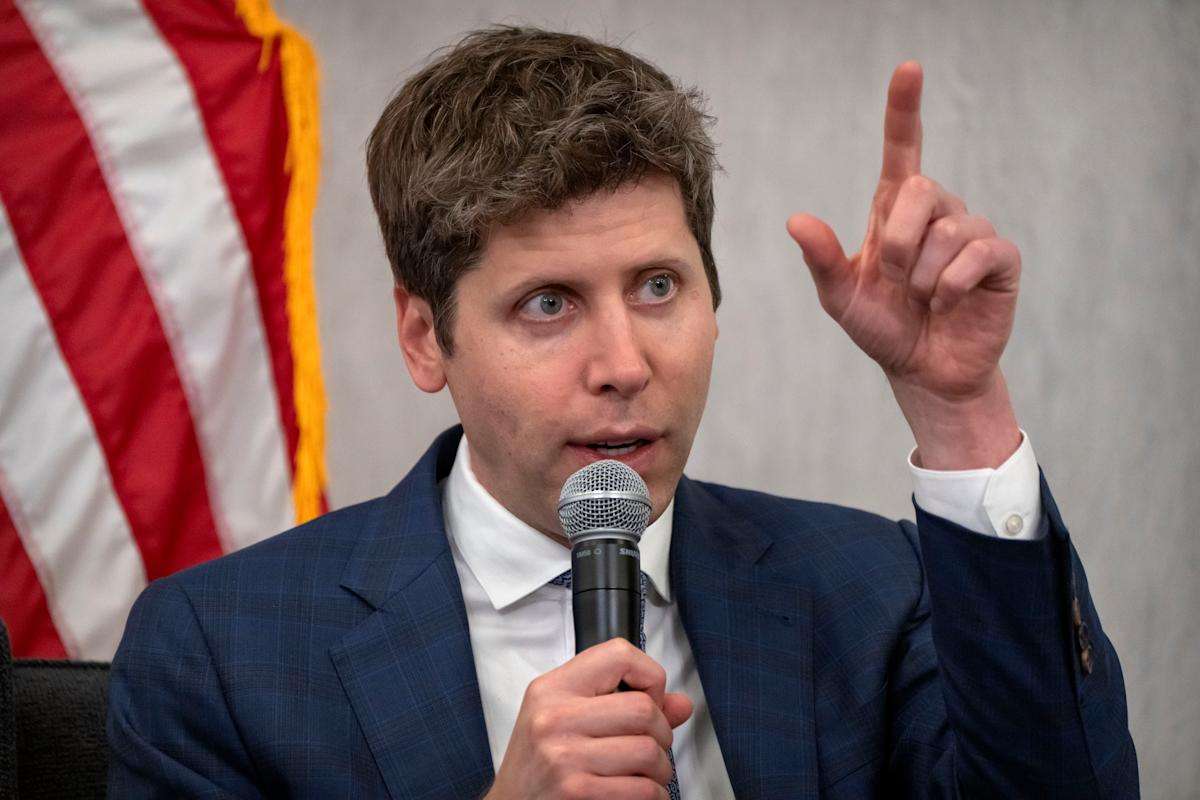In a stark yet candid address at the Federal Reserve’s recent economic symposium, OpenAI CEO Sam Altman issued a warning that echoed across the business, tech, and labor landscapes — entire job categories could disappear due to the rapid advancement of artificial intelligence.
📍 The Message at the Fed
Speaking directly to policymakers and economists, Altman emphasized that AI’s capabilities are evolving faster than most regulatory or economic frameworks can adapt to. He acknowledged the transformative potential of AI in driving productivity and innovation but stressed that the displacement of human labor is not just a theoretical risk — it’s an imminent reality.
“We are not talking about job shifts anymore. We are talking about the elimination of certain professions altogether,” said Altman during his keynote.
From Job Evolution to Job Extinction?
While automation has historically replaced repetitive tasks, generative AI and large language models like ChatGPT are now capable of handling:
- Complex customer service roles
- Legal research and documentation
- Content generation and copywriting
- Basic coding and data analysis
This shift marks a turning point where white-collar roles, traditionally safe from automation, are now in jeopardy.
What Does This Mean for the Economy?
The Fed is increasingly focused on understanding AI’s deflationary effects, shifts in employment patterns, and long-term productivity gains. Altman’s comments reinforced the need for:
- Retraining initiatives
- Social safety nets
- Forward-looking economic policies
Governments and institutions must now weigh productivity growth against the potential for mass job displacement, especially in sectors like administration, support, and even creative industries.
The Road Ahead
Altman’s address wasn’t all gloom — he emphasized that AI can augment human capabilities and open new career paths, especially in AI alignment, safety, and system design. But for now, the balance tilts toward caution, with urgent calls for strategic workforce planning.


